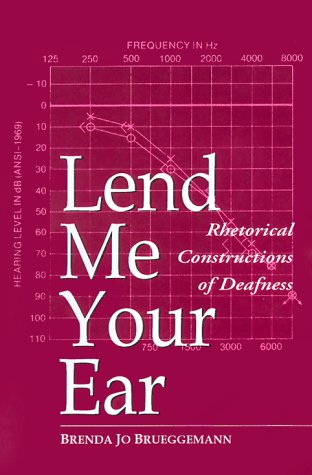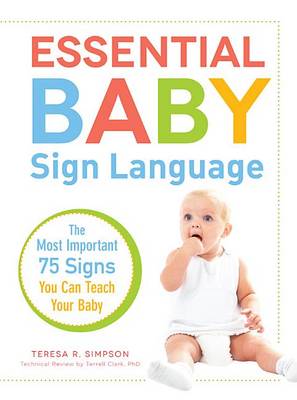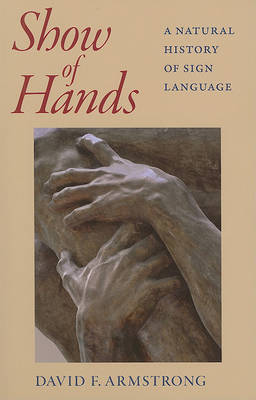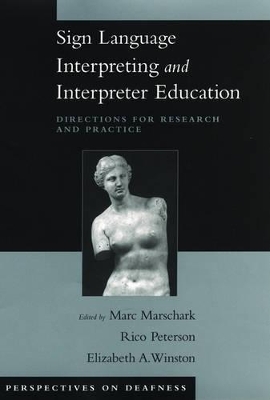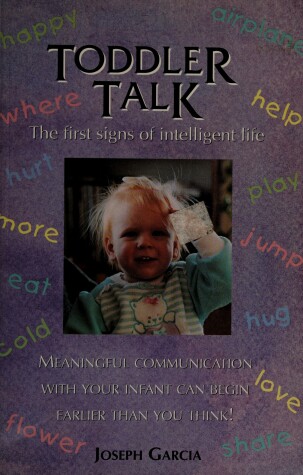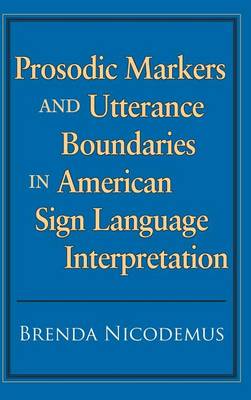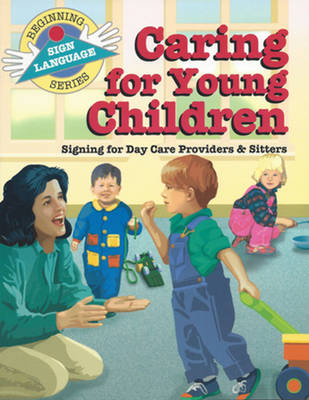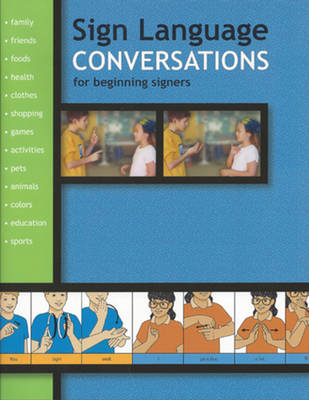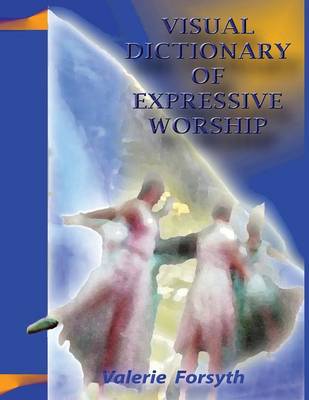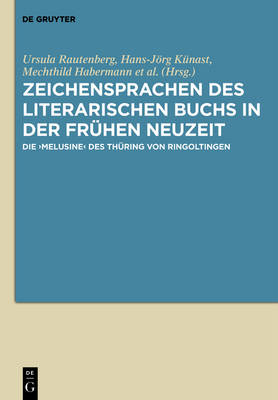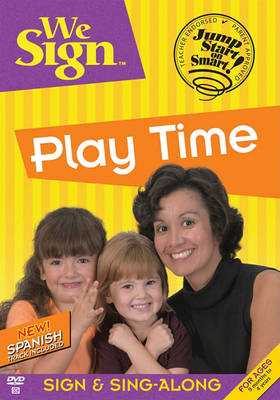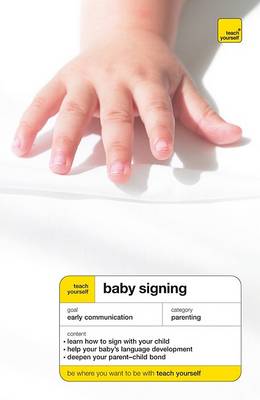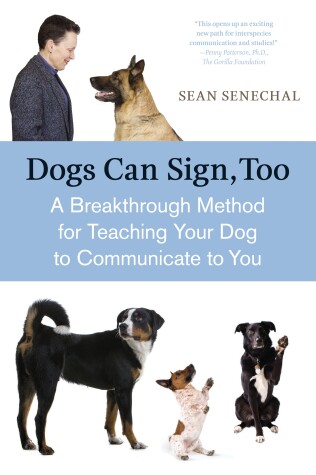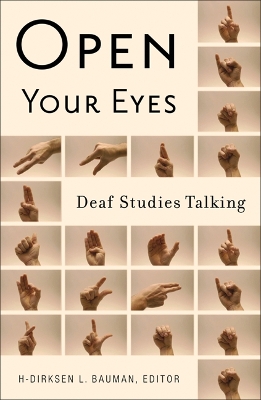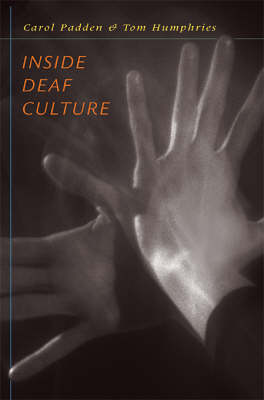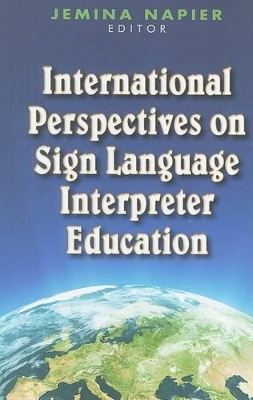The tradition of rhetoric established 2,500 years ago emphasizes the imperative of speech as a defining characteristic of reason. But in her new book Lend Me Your Ear, Brenda Jo Brueggemann exposes this tradition's effect of disallowing deaf people human identity because of their natural silence. Brueggemann's assault upon this long-standing rhetorical conceit is both erudite and personal; she writes both as a scholar and as a hard-of-hearing woman. In this broadly based study, she presents a p...
Communicate with your baby--today! With Essential Baby Sign Language, you can feel closer to your baby than you ever thought possible! Featuring seventy-five of the most important signs babies need every day, this book helps you start signing now, without spending hours learning extensive philosophy and sifting through hundreds of valueless terms. These signs not only let you know what your child is trying to say, but also deepen your parent-child bond and stimulate his or her development. Com...
Most scholarly speculation on the origin of human language has centered around speech. However, the growing understanding of sign languages on human development has transformed the debate on language evolution. David F. Armstrong's new book Show of Hands: A Natural History of Sign Language casts a wide net in history and geography to explain how these visible languages have enriched human culture in general and how their study has expanded knowledge of the human condition. Armstrong addresses t...
Sign Language Interpreting and Interpreter Education (Perspectives on Deafness)
More the 1.46 million people in the United States have hearing losses in sufficient severity to be considered deaf; another 21 million people have other hearing impairments. For many deaf and hard-of-hearing individuals, sign language and voice interpreting is essential to their participation in educational programs and their access to public and private services. However, there is less than half the number of interpreters needed to meet the demand, interpreting quality is often variable, and...
Prosodic Markers and Utterance Boundaries in American Sign Language Interpretation
by Brenda Nicodemus
The Fifth Volume in the Studies in Interpretation Series In interpreting, professionals must be able to convey to their clients the rhythm, stress, and length of phrases used by the communicating parties to indicate their respective emotional states. Such subtleties, which can signal sarcasm and irony or whether a statement is a question or a command, are defined in linguistics as prosody. Brenda Nicodemus's new volume, the fifth in the Studies in Interpretation series, discusses the prosodic fe...
Sign Language Conversations for Beginning Signers
by Stanley Collins
Monogram "O" Sketchbook (Monogram Maroon 150 Sketch, #15) (Monogram Galaxy 150 Sketch, #15)
by N D Author Services
Communicate with your baby without saying a word! Teach Yourself Baby Signing helps you enhance the bonding experience between you and your child. The accompanying CD-ROM allows you to fully understand the movements and practice baby signs with your child.
Imagine being able to ask your poodle, “Who’s at the door?” and having her respond, “It’s Katy.” Or asking your golden retriever, “Do you want a treat?” and him responding, “No, water.” Or asking your Border collie, “Which toy do you want?” and getting the response, “Stick.” If you’ve ever wondered what dogs would tell us if they could, now you can find out. The K9Sign system teaches dogs to communicate to us–making it a first in any dog training book category. Dogs Can Sign, Too is the fi...
This groundbreaking volume introduces readers to the key concepts and debates in deaf studies, offering perspectives on the relevance and richness of deaf ways of being in the world. In Open Your Eyes, leading and emerging scholars, the majority of whom are deaf, consider physical and cultural boundaries of deaf places and probe the complex intersections of deaf identities with gender, sexuality, disability, family, and race. Together, they explore the role of sensory perception in constructing...
In a study written from within the deaf community, the authors demonstrate how deaf people live historically, culturally, and linguistically complex lives, and how being or becoming deaf opens the door to an enormously rewarding life.
International Perspectives on Sign Language Interpreter Education
by Jemina Napier
The Fourth Volume in the Interpreter Education Series From the moment the World Association of Sign Language Interpreters (WASLI) was established in 2005, an overwhelming wave of requests from around the world arrived seeking information and resources for educating and training interpreters. This new collection provides those answers with an international overview on interpreter training from experts in Austria, Australia, Brazil, Canada, Fiji, Finland, Ireland, Japan, Kenya, Kosovo, the Nethe...

